Photojournalism may seem like a commodity these days. Everybody has a phone, and every phone has a camera. Those cameras are good enough to take a picture that can be published on the front page of news paper, or even more easy on a website.
When I was starting I didn’t even know where I’m going, I just wanted to grab my camera and tell a story. But it wasn’t a candy shop. I had to earn knowledge and experience and make a lot of mistakes to be where I am now, as a photojournalist and a travel photographer.
So what’s differentiates the true photojournalist and the guy who happens to have a camera and happens to be on the scene at the right moment?
Photojournalism means more than being in the right place at the right time. At its core, photojournalism is serious journalism, with a focus on the visual impact of a story, and keep in mind these tips is just to help you go in the direction, you can always hone your skills by studying, and learning through experience.
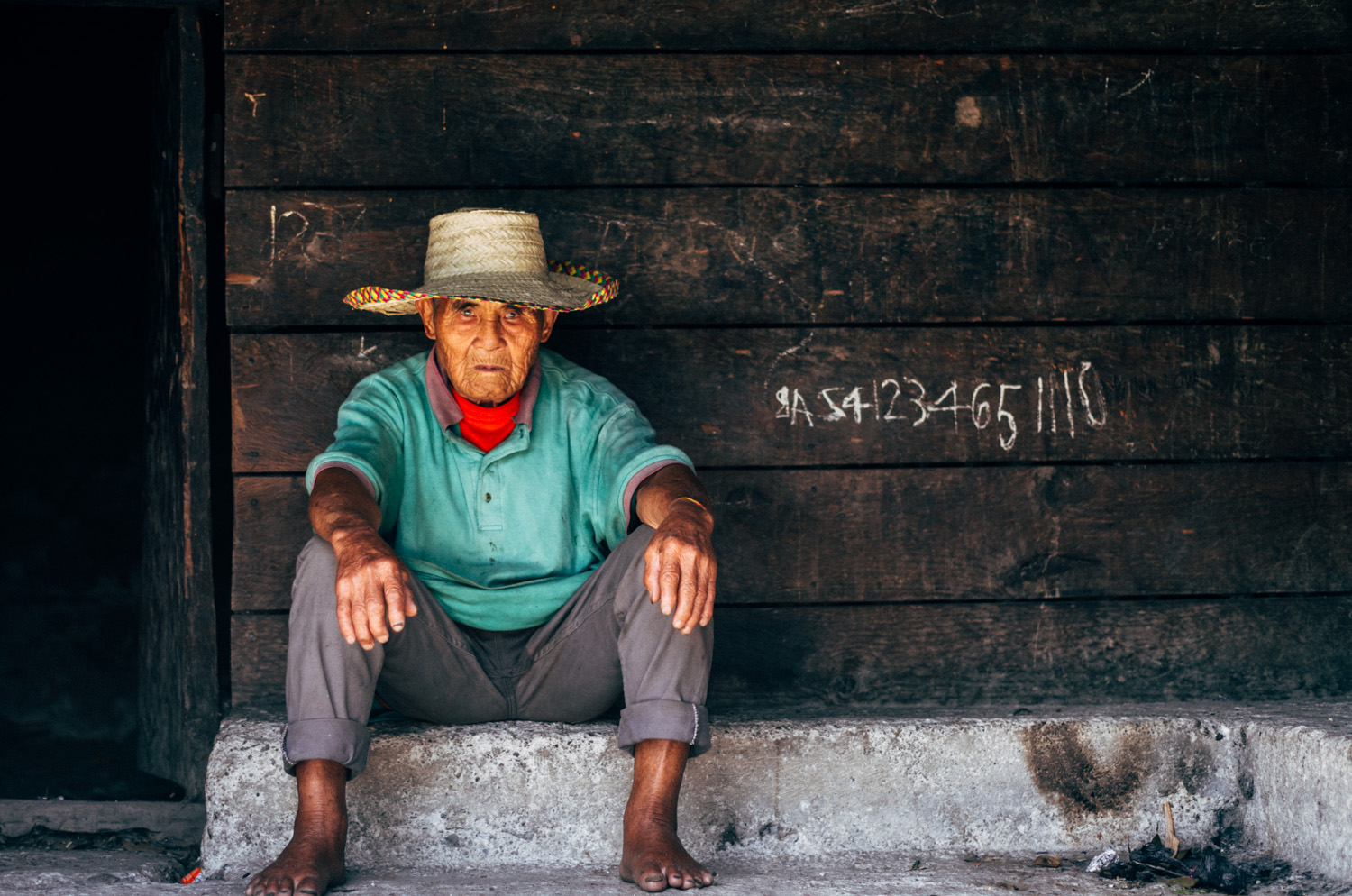
1.Planning is crucial at every work, If you don’t know in advance what’s going to be needed you’re not going to have the right equipment or be looking in the right direction when something important happens. Photojournalism is rarely about capturing unexpected events, but rather about capturing unexpected moments at planned events.
2.Photojournalism also means timing. If you are in a situation where you know something is likely to happen, the question is what’s going to happen, and when. You need to be paying attention constantly. Look for visual details that will explain what’s relevant to the viewer or to your story.
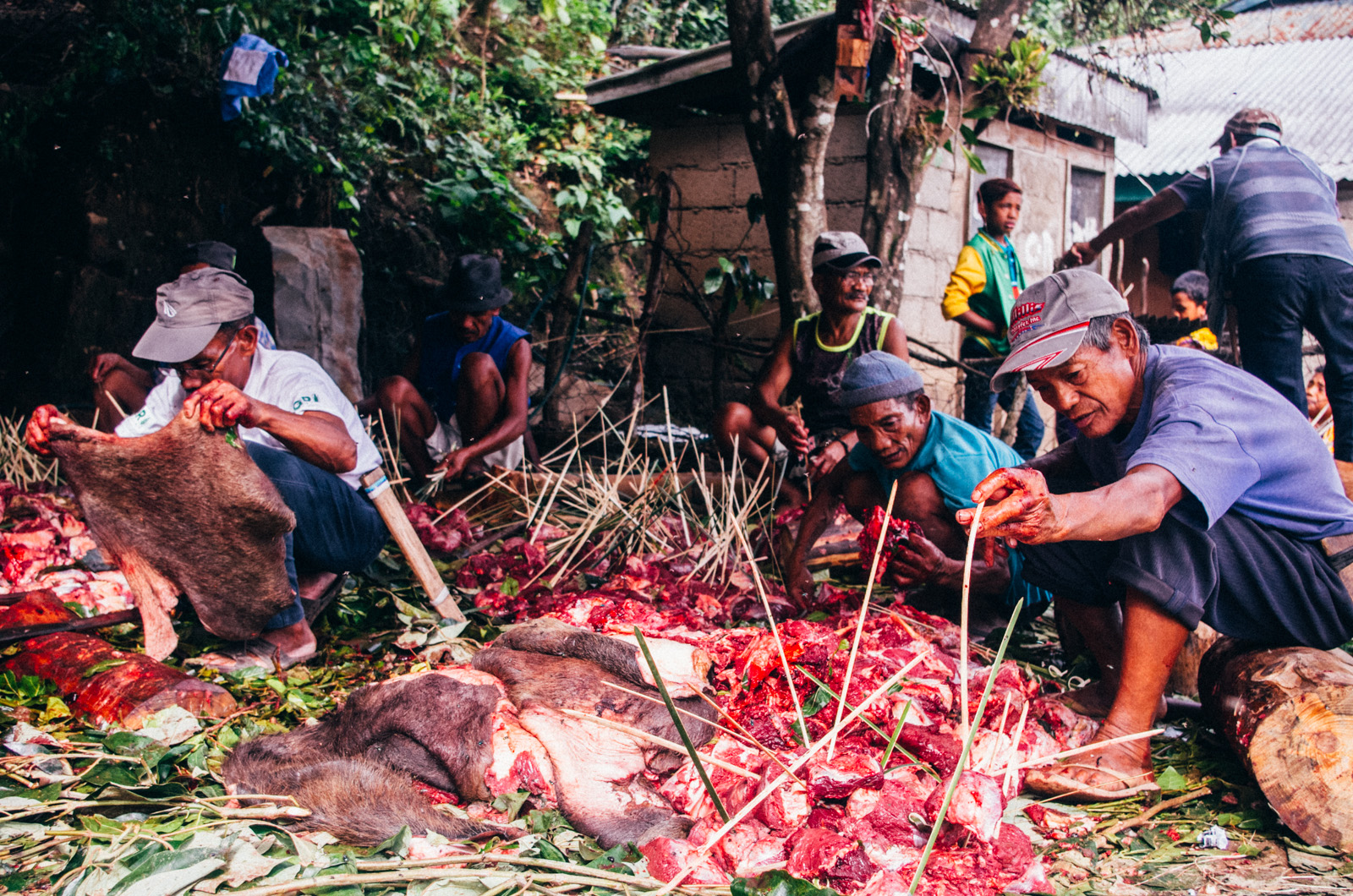
When you are just learning how to capture the critical moment, you may believe those opportunities can happen only once. You need to have your camera ready, and be looking in the right direction when it does. But that may seem like an impossible expectation, that’s what I thought so, but practice will help you. Start with a simple event your friends and family will have, anticipate, connect and capture.
Timing can also be learned whilst your on assignment is that sometimes the critical moment can happen more than once. Even if you miss the that amazing shot, or the moment the subject goes on the way to his house, something just as relevant may well happen immediately afterwards. If you can be there to catch that subsequent shot, it can be golden. With experience, you will learn to get the shot you need, even if you missed the shot you wanted.
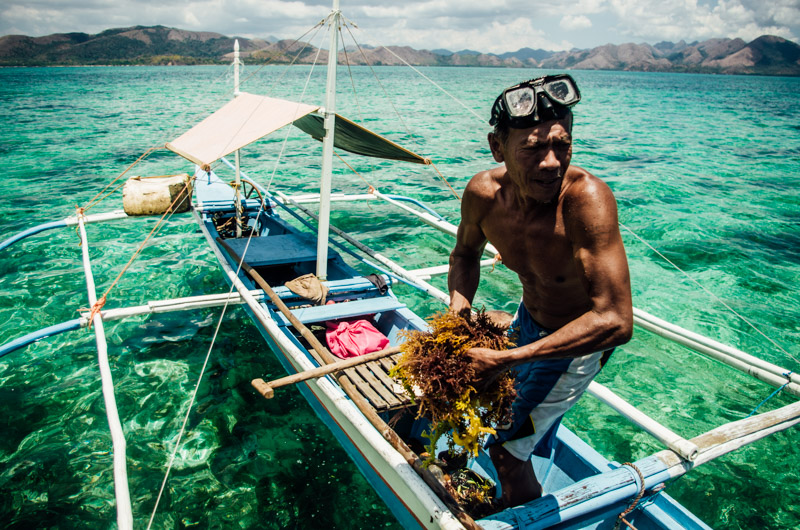
3.Exposure– When you’re at the scene, set your camera carefully for the exposure you’re going to need to capture the light correctly so viewers can see your subject.set your camera carefully for the exposure you’re going to need to capture the light correctly so viewers can see your subject.You don’t want your camera to take over and as the photographer, you need to take control, and preset your camera with the manual settings that you know will be needed to catch the moment when it happens. If you need to learn how to use the manual settings on your camera like an expert,a course like Ultimate beginners course will help you ditch the auto mode.
4.Cropping– One of the advantages of using a high resolution camera is the ability to crop after-the-fact. The point of the photojournalistic images to draw the viewer’s attention to the elements that are critical. You won’t always be able to line up every image so that the composition orients the eye and guides the viewer to the item that you really wanted them to see. Sometimes you’re going to need to crop the image around the subject that is most important.
Cropping, however, is the only adjustments you can legitimately make. There have been scandals about photojournalists who have done more sophisticated retouching and editing, to the point of making the image appear to be something that it wasn’t originally. photojournalism is about documenting reality. Viewers trust you, and you have to respect that trust.
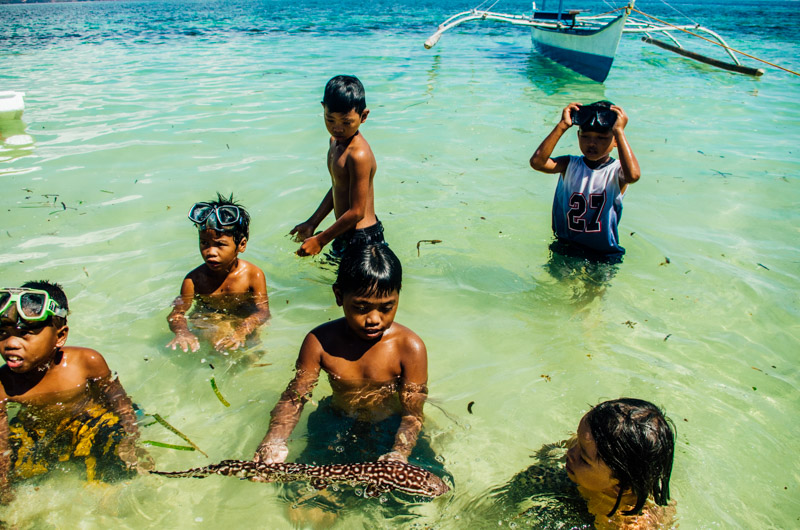
5.Research.As a part of planning, doing your research on a certain event or topics, from the location, the history, the significance of every subjects or places. A wedding is a good example, you need to know the story of the bride and groom, how they met. Things that are significant to the wedding day, people who will attend. All these matters as when you curate your story and layout the photos. You can then show how things unfold during that day.
6.Subject-Choosing what you want to focus on is an important aspect photojournalism. Sometimes you’ll come to an event because you know that there’s something specific there you want to capture, but sometimes you’re just looking around to see what’s newsworthy. Ideally, you should always come to any photojournalistic opportunity with an idea in mind of what you want to walk away with. Sometimes you will be assigned, but sometimes you’ve self-assigned, and you need the discipline of knowing at least one thing you want to capture.
there are times it’s perfectly obvious what the subject of a photograph should be, but you need to be flexible. When something dramatic is happening, is the actual event itself as newsworthy as the reaction of the crowd around you? Consider the faces of the people in the audience, and consider the environment you’re in. you may find that the context provides even more opportunities for photojournalistic interpretation than the subject you originally intended.
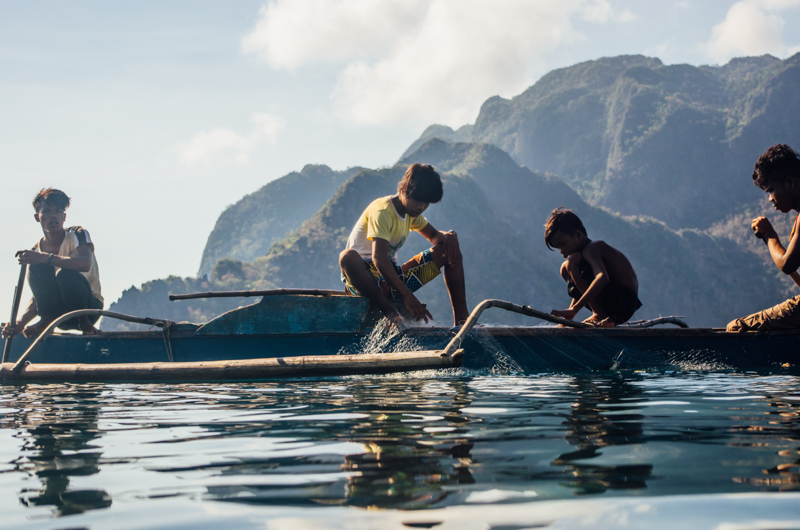
7. Rights-If you’re in public, it’s important to know the rights of the people you’re photographing. While celebrities, politicians, felons, and some emergency workers have essentially given up their rights to privacy as far as photojournalism is concerned, you need to be cautious about taking photographs of ordinary citizens. You also have to be careful where you’re taking these photographs.
In a public venue, it’s much easier to argue that you have the right to photograph somebody than if you’re in a private space, hospital, or inside a prison. It’s good to come prepared with basic model releases in case you think you’re going to need them.
Don’t take photojournalism casually. What you report can change the lives of people who are represented in your photographs, and the people who see them. Approach the field with the respect it deserves.
To learn more about turning yourself into a professional photographer. You may want to check Mike Browne’s workshop at https://www.photographycourses.biz/workshops/cambodia